Market Share
Introduction: Navigating the Competitive Landscape of Fiber Optic Components
The fiber-optic components market is experiencing a change in the way of doing business, driven by rapid technological development, evolving regulations and increasing expectations of consumers in terms of performance and availability. The main players, such as system manufacturers, IT integrators and operators, are competing for leadership positions by using advanced technology, such as artificial intelligence, automation and IoT. These differentiating factors not only improve efficiency but also enable tailored solutions to meet the specific needs of various sectors. Disruptors, especially those focusing on green infrastructure and biometrics, are changing the traditional business models and challenging the market leaders. Toward 2024–2025, growth prospects are most optimistic in Asia-Pacific and North America, where strategic deployments are increasingly aligned with the goals of sustainable development and digital transformation. The dynamic market requires a clear understanding of the positioning and strategic maneuvers that will determine market share in the coming years.
Competitive Positioning
Full-Suite Integrators
These vendors offer comprehensive solutions across the fiber optic components spectrum, integrating various technologies to provide end-to-end services.
| Vendor | Competitive Edge | Solution Focus | Regional Focus |
|---|---|---|---|
| Furukawa Electric Co., Ltd. | Strong global presence and diverse offerings | Fiber optic cables and components | Asia, Europe, North America |
| Sumitomo Electric Industries | Innovative technology and extensive R&D | Optical fiber and related products | Global |
| Broadcom Inc. | Leading semiconductor technology | Optical transceivers and components | North America, Asia |
Specialized Technology Vendors
These companies focus on niche technologies within the fiber optic market, providing specialized products that cater to specific applications.
| Vendor | Competitive Edge | Solution Focus | Regional Focus |
|---|---|---|---|
| EMCORE Corporation | Expertise in photonic devices | Optical components for telecom | North America, Asia |
| Acacia Communications, Inc. | High-performance optical interconnects | Optical networking solutions | Global |
| Lumentum Holdings Inc. | Advanced laser technology | Optical components and systems | North America, Europe, Asia |
Infrastructure & Equipment Providers
These vendors supply the necessary infrastructure and equipment for deploying fiber optic networks, focusing on physical components and installation.
| Vendor | Competitive Edge | Solution Focus | Regional Focus |
|---|---|---|---|
| Tongding Interconnection Information Co Ltd | Cost-effective solutions for network deployment | Fiber optic cables and accessories | Asia, emerging markets |
| Accelink Technologies Co., Ltd | Strong manufacturing capabilities | Optical communication products | Asia, Europe |
| Fujitsu Optical Components | Robust product portfolio and reliability | Optical components for telecom | Global |
| II-VI Incorporated | Diverse technology portfolio | Optical and photonic components | Global |
Emerging Players & Regional Champions
- Infinera (USA): Provides optical transport solutions, recently signed a multi-million dollar contract with a major telecommunications provider for its Cloud Xpress platform, competing with established vendors such as Cisco by offering a more scalable and cost-effective solution.
- The Japanese company Fujikura has a reputation for the high quality of its optical fibers and connectors. It recently took part in a large-scale project to increase the speed of the Internet in Southeast Asia, a project which complements the efforts of Corning in that region. It specializes in special applications for harsh environments.
- LUMENTUM (USA): a supplier of advanced photonic solutions, which, in a recent deal with a leading data center operator, has been deployed to enable optical network technology. Lumentum has positioned itself as a strong competitor to the established players, like Ciena, by focusing on innovation in 5G and cloud applications.
- AFL (USA): Provides a wide range of fiber optic products and services, recently won a contract for a smart city project in Europe, which challenges traditional vendors by integrating fiber optics with IoT solutions for enhanced connectivity.
- HENGTONG OPTO-ELECTRIC CO., LTD. (China): specializes in the production of optical fiber cables and components, recently entered the African market and a large number of submarine cable projects, and complements the existing players with its low price and local production.
Regional Trends: The fibre-optic components market is primarily driven by the rising demand for high-speed Internet and 5G networks in Asia-Pacific and North America. Meanwhile, the trend towards technology specialization is shifting towards integrated solutions that combine fibre-optics with IoT and cloud technology. This is expected to improve the efficiency of data transmission.
Collaborations & M&A Movements
- Corning Inc. and Prysmian Group have formed a joint venture to develop high-speed fiber optic cables for the next generation of 5G networks. This will strengthen their positions in the growing telecommunications industry.
- Lumentum Holdings acquired Coherent, Inc. in a strategic M&A move to expand its portfolio of photonic solutions, significantly increasing its market share in the fiber optic components market and enhancing its capabilities in laser technology.
- It was announced today that Ciena and Nokia are collaborating to combine their optical network technology to provide more robust solutions for service operators. The companies expect this to enhance their competitiveness in the market.
Competitive Summary Table
| Capability | Leading Players | Remarks |
|---|---|---|
| High-Speed Data Transmission | Corning, Furukawa Electric | Corning's high-speed fiber-optic cable enables data rates of more than 400 Gbit/s, thereby demonstrating its commitment to the high-speed data transmission. Furukawa Electric has developed a unique technology to enhance the signal quality and transmission distance. |
| Durability and Reliability | CommScope, Nexans | CommScope fiber solutions are designed to withstand harsh conditions, ensuring long-term reliability. Testing procedures demonstrate the resistance of our products to the harshest conditions. |
| Sustainability Initiatives | Prysmian Group, Sumitomo Electric | Prysmian Group has launched eco-friendly fiber optic cables that reduce carbon footprint during production. Sumitomo Electric is focusing on recycling and reusing materials in their manufacturing processes, aligning with global sustainability goals. |
| Integration with Smart Technologies | Huawei, Cisco | The fusion of AI and IoT has increased the efficiency of network management. The fusion of smart city and fiber optics has made Cisco the pioneer of smart technology integration. |
| Cost-Effective Solutions | Belden, Amphenol | Belden offers competitively priced fiber optic components without compromising quality, making them attractive for budget-conscious projects. Amphenol's modular designs allow for scalable solutions that reduce overall installation costs. |
Conclusion: Navigating Fiber Optic Market Dynamics
Approaching 2025, the fibre optic components market is characterized by intense competition and considerable fragmentation. Both established and new players compete for market share. A prevailing regional trend towards increased demand in Asia-Pacific and North America is causing suppliers to adjust their strategies accordingly. In the process, the leading companies are relying on their established relationships and brand name to gain a foothold, while the newcomers are concentrating on innovation and agility to win over niche segments. Artificial intelligence, automation, and sustainable production will be key factors in determining market leadership. Suppliers will have to place these factors high on their agendas if they are to keep up with the times and remain competitive in the face of the diverse demands of their customers.

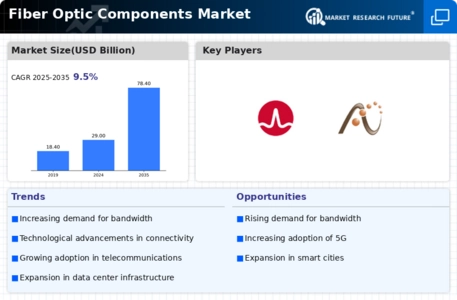
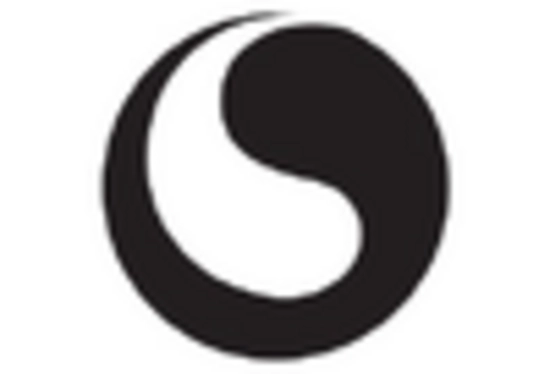
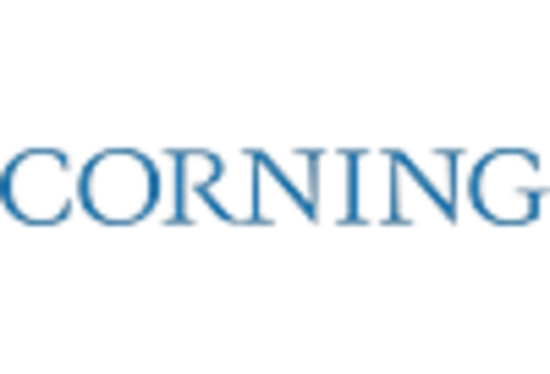
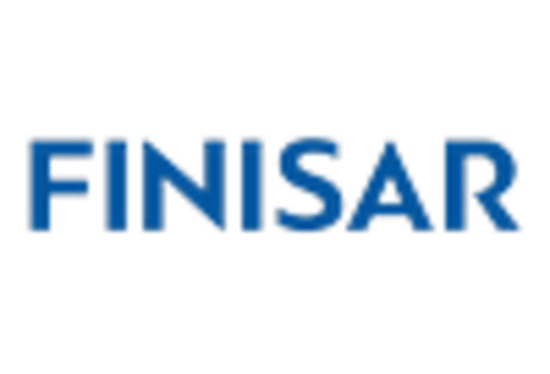
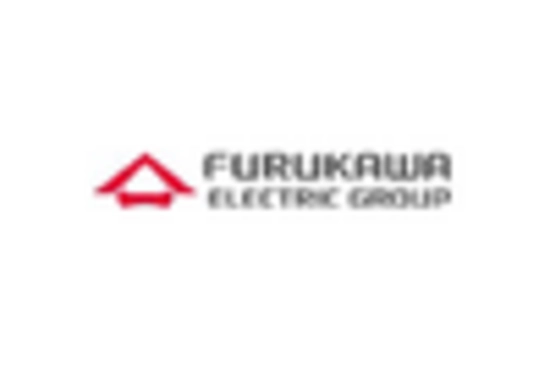
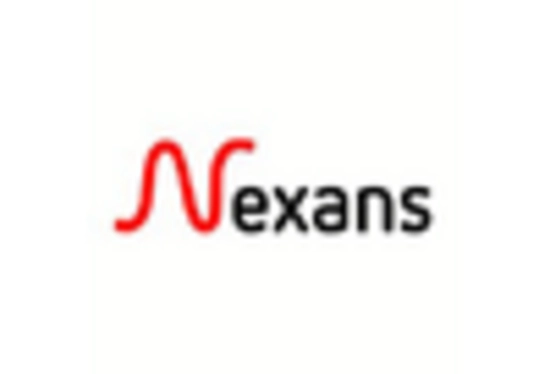
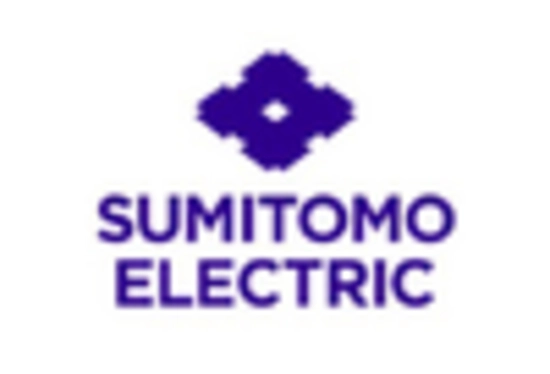









Leave a Comment